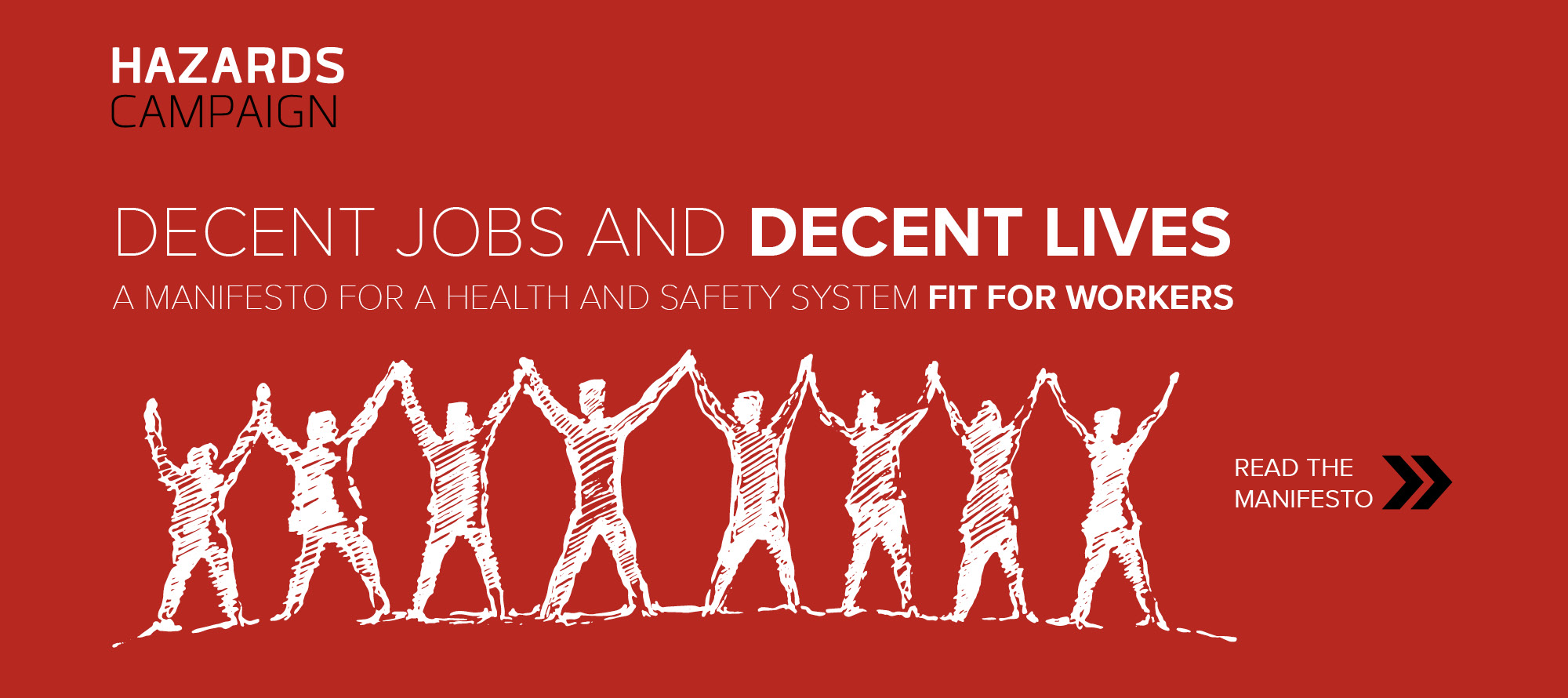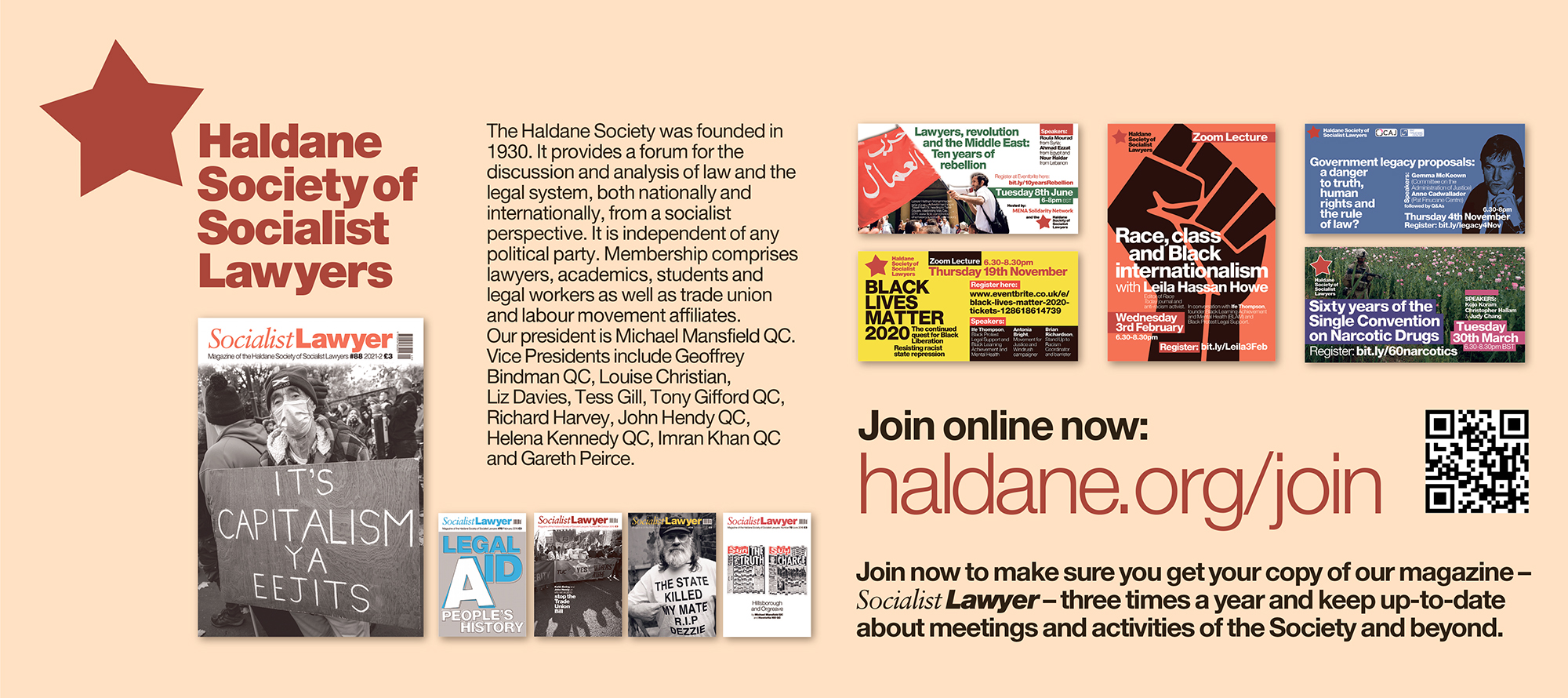Aude Cefaliello
Aude Cefaliello joined the Unit on health and safety, working conditions at the European Trade Union Institute in 2020. She obtained... Read more »
Antonio Aloisi
Assistant professor of European and Comparative Labour Law at IE University Law School, Madrid, where he is a member of... Read more »









Why do trade unions and workers look to law?